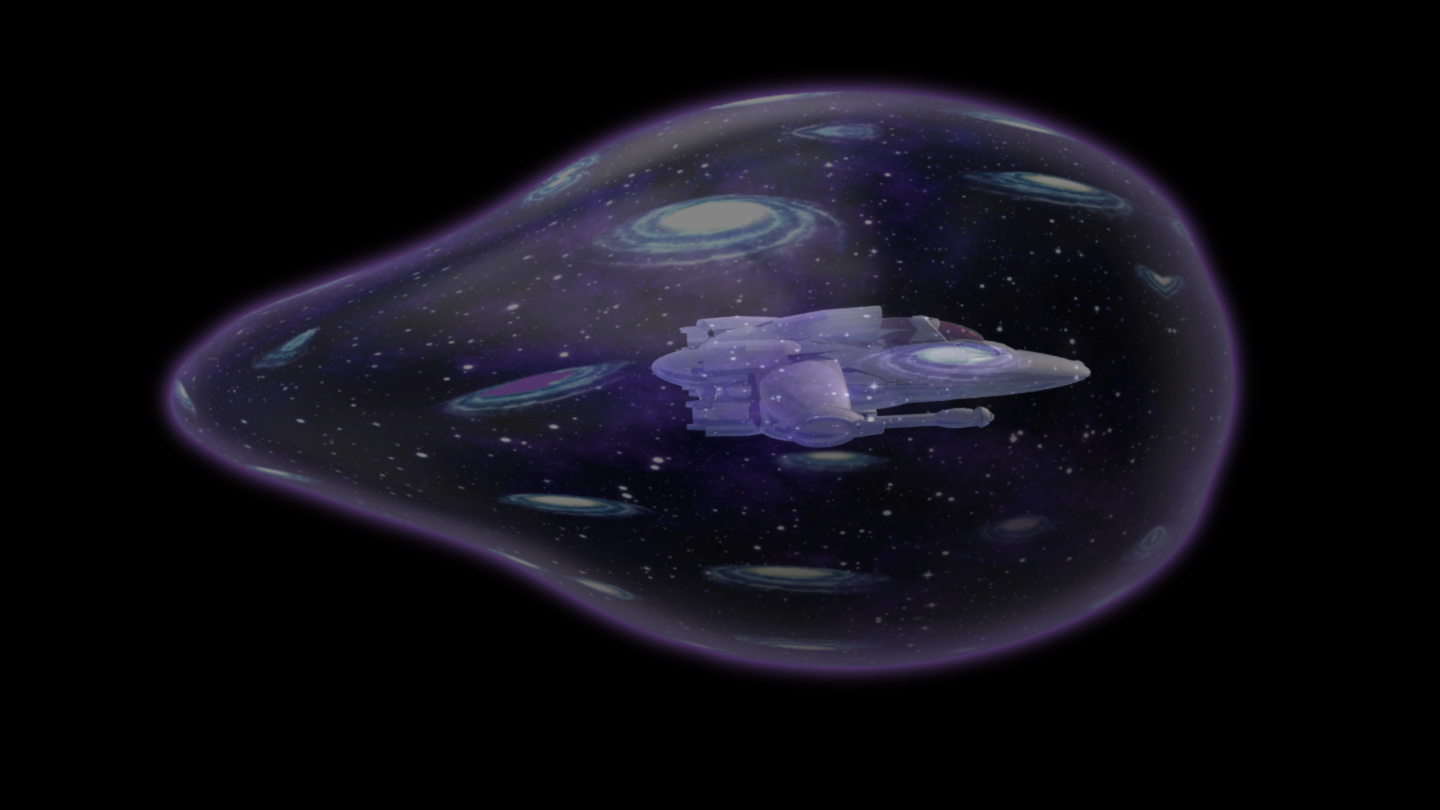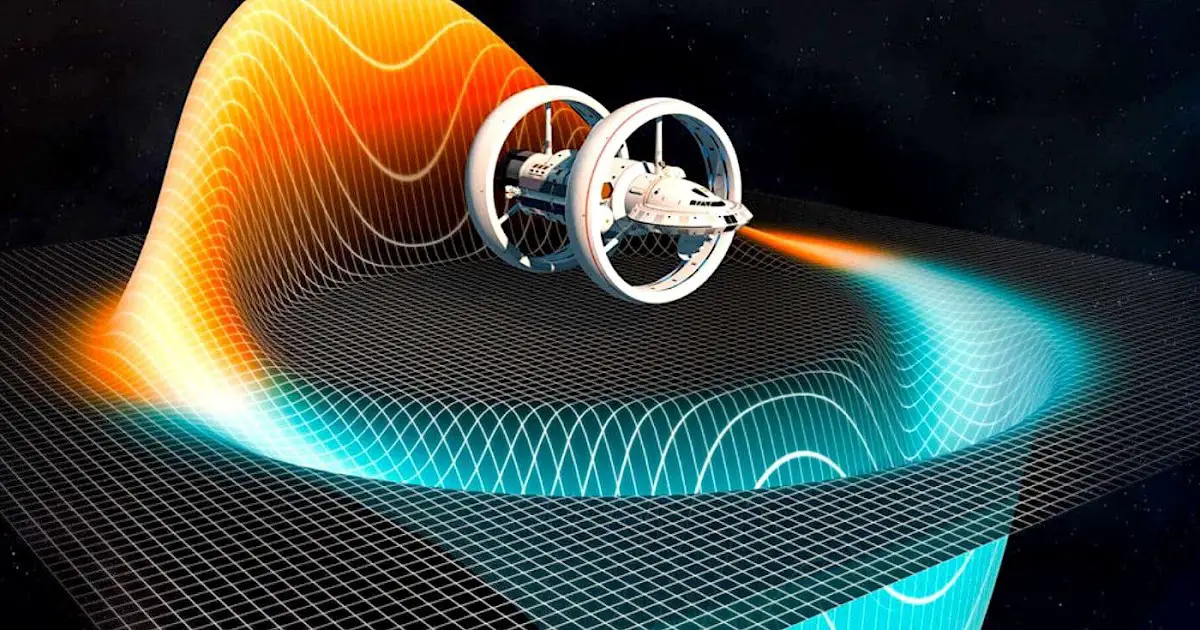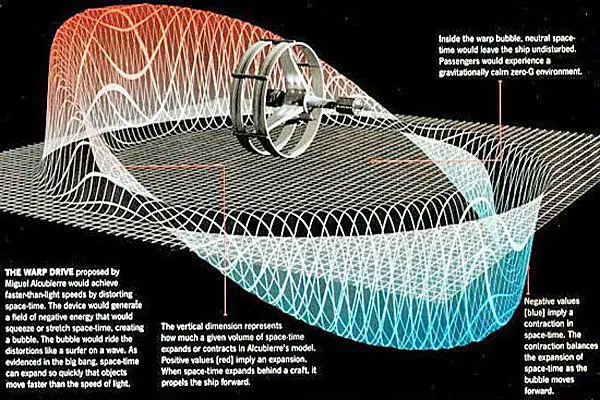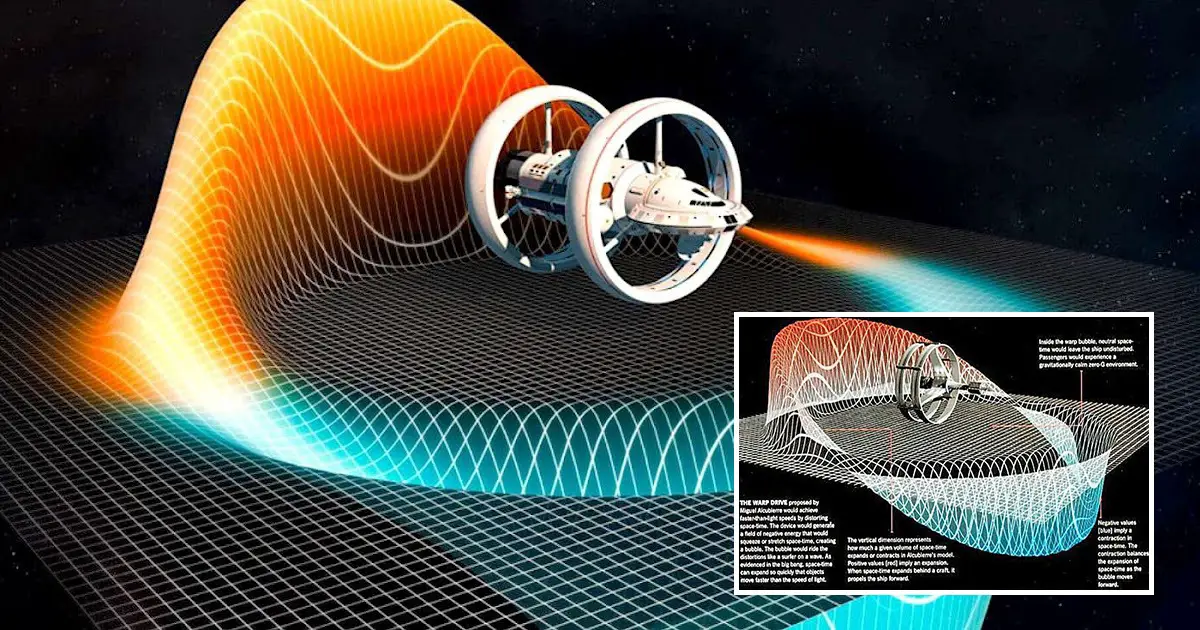Dr. Harold “Sonny” White, a former NASA expert and pioneer in warp drive or warp drive, has led a team from the Limitless Space Institute (LSI) financed by the Defense Advanced Research Projects Agency (DARPA) to declare that he has found an actual warp bubble in the real world. For scientists working on a spaceship capable of traveling faster than light, the occurrence represents a watershed moment.
The first theoretically viable solution (the “Alcubierre metric”) for warp training, which permits superluminal mobility, was suggested by Mexican mathematician Miguel Alcubierre in 1994. As a result, he proposed a spaceship propulsion system that could fly across space faster than light while adhering to existing physics principles.
This approach, on the other hand, was dependent on theoretical materials and enormous quantities of energy, which appeared almost difficult to imagine in fact.
Dr. White came up with a revised version of Alcubierre’s measure more than a decade later, which reduced the number of exotic materials and energy needed.

This new approach makes developing a warp engine a little easier. Various physicists and engineers have attempted to construct a feasible warp unit since then, but none of the attempts have progressed beyond the concept stage. White’s team may be a game-changer: they just announced the discovery of solid proof of concept.
A new example of serendipity
The finding was entirely by chance. The researchers uncovered a structure at the micro/nanoscale that predicts a negative energy density distribution, which closely conforms to metric criteria while doing an analysis tied to a DARPA-funded effort on particular Casimir cavity geometries.
Casimir cavities, on the other hand, have nothing to do with distortion theory or mechanics. Due to quantum fluctuations in vacuum, the Casimir effect creates an attractive force between two parallel uncharged and conductive surfaces.
Dr. White addressed the Propulsion Energy Forum at the American Institute of Aeronautics and Astronautics in August, “I believe this is an excellent illustration of what occurs when you undertake a work for a certain purpose and uncover something else that you did not expect to find.”

The simplest theoretical geometry investigated as part of the DARPA-funded research was a standard Casimir cavity with parallel plates, equipped with pillars arranged along the cavity’s median plane, with the goal of detecting a transient electric field resulting from polarisation. assumed vacuum, the team explains.
The vacuum response to the Casimir cavity was numerically evaluated using a specific analytical technique, but the researchers found that “these analysis results were qualitatively quite similar to a two-dimensional representation of the energy density requirements for the Alcubierre distortion metric.”
They next tested a tiny model using a 1 m diameter sphere at the center of a 4 m diameter cylinder to show a three-dimensional Casimir energy density that matches the distortion metric criteria. of Alcubierre. They conclude, “This qualitative association implies that chip-scale investigations may be undertaken to attempt to quantify minuscule signs that demonstrate the existence of the conjectured phenomenon: a true, though modest, warp bubble.”
It is the first step in designing a warp spacecraft.
White told The Debrief, “To my knowledge, this is the first work in the peer-reviewed literature that offers a plausible nanostructure that is anticipated to manifest a real warp bubble.”
This finding, he claims, not only verifies the expected toroidal shape and negative energy features of a warp bubble but also reveals additional possible hints that he and other researchers might use to design a competent spaceship capable of deforming the actual world one day.
“This is a possible structure that we can present to the community,” White added, “that might yield a negative vacuum energy density distribution very close to that necessary for an Alcubierre-type spatial distortion.” The crew has yet to construct a nanoscale warp ship, but they have the resources to do it.
“If the LSI team ever handled this,” White said, “we would probably utilize a GT nanoscribe 3D printer that prints at the nano-scale.” White and his colleagues are now focused only on Casimir’s bespoke cavities.
However, White and his colleagues constructed a second testable experiment that involves linking together multiple of Casimir’s distortion bubbles in a chain arrangement.

According to him, this design would enable researchers to better grasp the physics of the already existing warp bubble structure (by optical characteristics studies), as well as how a spaceship may one day travel through actual space in it. “We can raise the amplitude of the impact by placing a lot of them in a row so that we can see (and analyze) it,” he said.
Given the significance of this finding and its consequences, White thinks it will only be a matter of time until his little warp ship is created and tested, a milestone that he argues would push the whole process toward the ultimate goal: warp-capable spacecraft.

